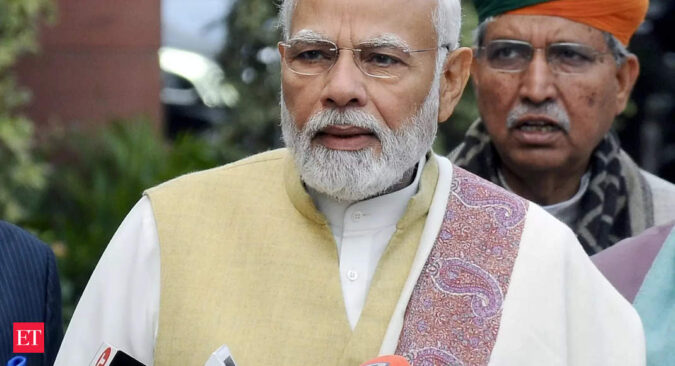As per a Reuters poll of economists, some argued that the targets are overly optimistic.
“Are the budget numbers overly optimistic? On the margin, we think yes. We expect growth to slow materially in FY 2023/24…(which) means tax revenues are likely to disappoint,” said Sonal Varma, chief economist for India and Asia ex-Japan at Nomura.
“The government can still meet its 5.9% deficit target, but it will have to cut back on its projected capex target.”
Only half of 38 respondents in the Feb. 1-3 poll said the government would meet that spending target. Among those who said it would not, some argued the economy would slow as a series of 2022 interest rate hikes took hold and curb the government’s spending power.
Over the past three years, New Delhi has nearly doubled its capital spending. But it has failed to meet its budget capex target four times over the past nine years and looks like falling short of this fiscal year’s 7.5 trillion rupee target.
The budget proposes to increase public spending on infrastructure by a full 33 per cent to Rs 10 lakh crore next fiscal even as it guided towards fiscal prudence with fiscal gaps being pegged at 6.4 per cent for FY23 and 5.9 per cent for FY24 and at 4.5 per cent by FY27.Capital investment outlay for 2023-24 is being increased steeply for the third year in a row by 33 per cent to Rs 10 lakh crore — which would be 3.3 per cent of GDP.
“This will be almost three times the outlay in 2019-20,” finance minister Sitharaman said in her Budget speech.
This increase in recent years, she said, is central to the government’s efforts to enhance growth potential and job creation, crowd-in private investments, and provide a cushion against global headwinds.
“This budget sought to maintain a balance of sustaining a growth-oriented focus through a further increase in capex spending, while maintaining an eye toward deficit reduction. The government aims for modest fiscal consolidation, while accommodating a higher capex spend and changes to income tax slabs, largely by substantially reducing subsidies in the coming year,” Fitch Ratings said.
Of 39 economists who responded, 34 said the government could achieve Finance Minister Nirmala Sitaraman’s borrowing target for the 2023/24 fiscal year, 5.9% of gross domestic product (GDP). That would be down from an expected 6.4% in the current fiscal year, ending on March 31.
A key government objective is to bring the deficit down to 4.5% of GDP by 2025/26. Respondents were evenly split on whether it would succeed.
Since taking office in 2014, Prime Minister Narendra Modi’s government has broadly stuck to its borrowing targets but has come under sharp criticism for not creating enough jobs, especially for young people.
“We still believe it will likely be challenging for the government to achieve its 4.5% of GDP deficit target by FY26, as achieving this target implies an additional 0.7% of GDP consolidation in each of the subsequent two fiscal years. Nevertheless, the commitment to reducing the fiscal deficit is a positive signal for debt sustainability,” Fitch Ratings added.
